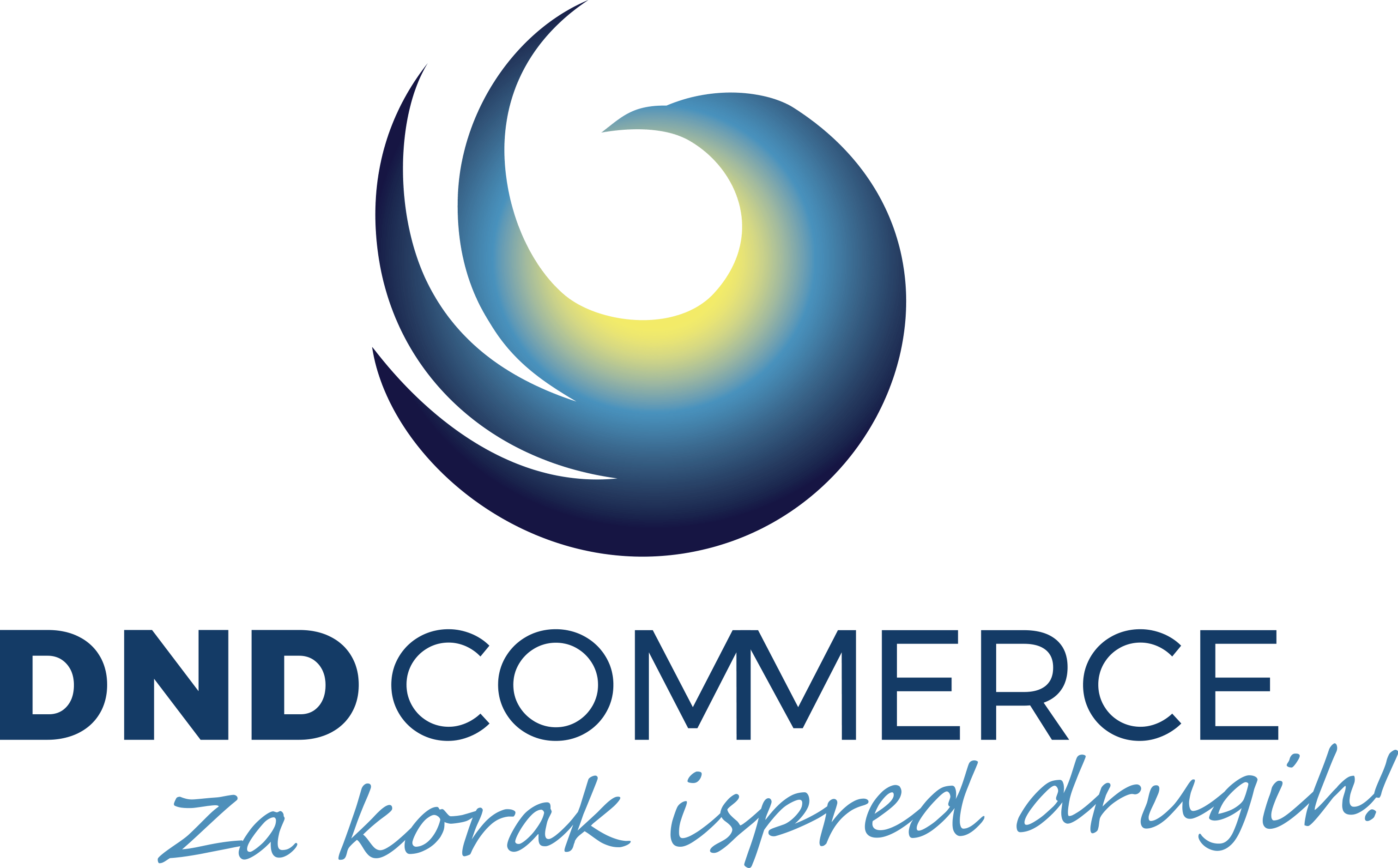What does sterilization actually represent and what are its methods?
It is of crucial importance to make a distinction between the terms sterile and sterilized. In addition, we often wonder whether disinfection can eradicate all types of harmful microbes.
Sterilization is a process of complete elimination of all forms of microbes from all surfaces used in hospitals. After performing surgical procedures and using surgical instruments, we are left with contaminated instruments which need to be free from absolutely all kinds of microbes, thus preventing any unwanted infections which might occur next time the instruments are used.
With regard to the methods of sterilization, it may be said that there are two main types: physical and chemical. Physical sterilization methods include heat or dry sterilization, and steam (moist heat) sterilization. The process of dry heat sterilization is performed at high temperatures, consequently killing all microbes. Steam sterilization is performed using saturated steam, which penetrates into all pores of packaging materials, thus properly sterilizing the treated objects. Steam sterilization is done at the temperatures of 121°C and 134°C, 3 – 15 minutes (depending on the temperature, which is standardized), whereas dry heat sterilization is performed at the minimum temperature of 180 °C. This temperature is not standardized, and the exposure time is one hour.
Chemical sterilization methods employ the use of chemical sterilants. The sterilization process is performed at low temperatures, whereas the sterilants used are Ethylene Oxide and Hydrogen Peroxide. Plasma sterilizers specifically use Hydrogen Peroxide which breaks down into 2H2O i O2, i.e. water and oxigen, during the sterilization cycle, and in this way releases hazardous substances at the end of the cycle. The name plasma sterilization itself derives form the process of changing the states of aggregation – the sterilant changes its aggregation state from gas to plasma state (the 4th state of aggregation). The difference and the need for low-temperature and high-temperature sterilizers arise from the different types of materials that need to be sterilized. Metal, rubber, special types of plastic, glass and fabric can be sterilized in steam sterilizers, whereas heat sensitive instruments such as endoscopes and thermolabile instruments are sterilized in low-temperature sterilizers. Another important aspect of the sterilization process is sterilization control. In order to ensure that the sterilization process was valid, physical, chemical, biological and mechanic controls are performed.
A Bowie Dick test is done daily – a 3-5-minute cycle is performed at 134°C, which is equal to the regular sterilization cycle time.
